Maringhini A, Ciambra M, Baccelliere P, Raimondo M, Orlando A, Tinè F, Grasso R, Randazzo MA, Barresi L, Gullo D, Musico M, Pagliaro L.
Ann Intern Med. 1993 Jul 15;119(2):116-20.PMID: 8512160
Abstract
Objective: To evaluate the incidence and symptoms of and risk factors for biliary sludge and gallstones during pregnancy and to assess the natural history of these conditions in the first year after delivery.
Design: Cohort study.
Patients: A total of 272 pregnant women recruited in the first trimester.
Measurements: Biliary sludge and gallstones were diagnosed using ultrasonography, both during pregnancy and after delivery. Predictors of the presence or disappearance of sludge and stones were examined.
Main results: Overall, from the first trimester of pregnancy until the immediate postpartum period, 67 women were newly diagnosed with biliary sludge, and 6 women were newly diagnosed with gallstones. The respective incidence rates were 31% (95% Cl, 25% to 37%) and 2% (95% Cl, 0.2% to 4%). During pregnancy, 28% of women experienced biliary pain, which was associated only with presence of stones. After delivery, 92 women had sludge and 23 had stones. Sludge disappeared in 61% of these women (Cl, 50% to 73%) after a mean follow-up of 5 months, and stones disappeared in 28% of women (Cl, 10% to 46%) after 9.7 months of follow-up.
Conclusions: Biliary sludge occurred frequently during pregnancy but was generally asymptomatic and often disappeared spontaneously after delivery. Gallstones were much less frequent and were more likely to be associated with biliary pain.
 Alberto Maringhini
Alberto Maringhini
 Alberto Maringhini
Alberto Maringhini

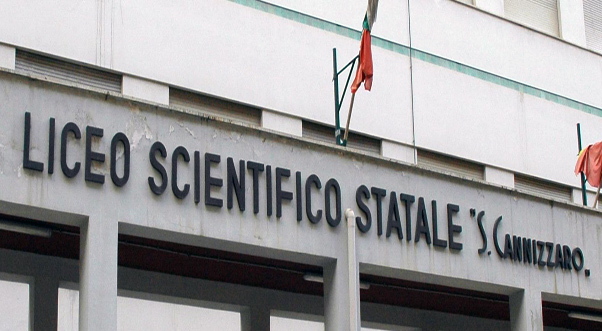
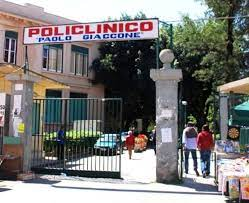

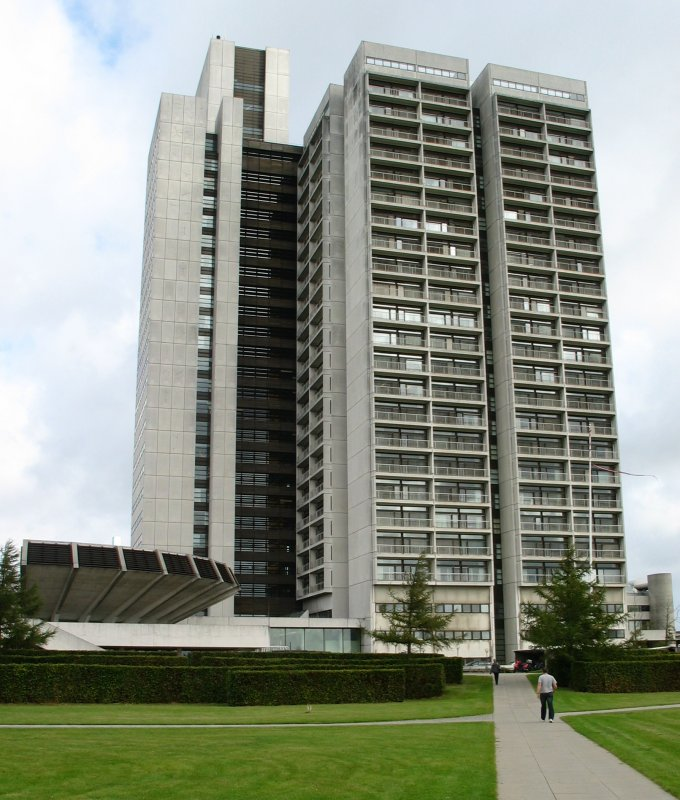

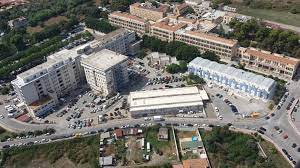
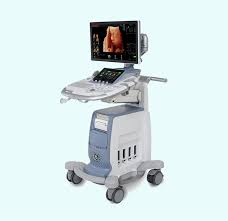
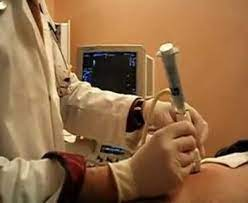
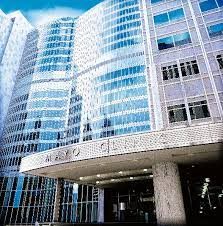
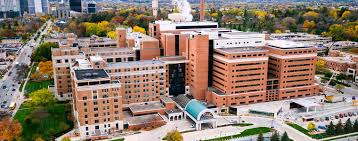

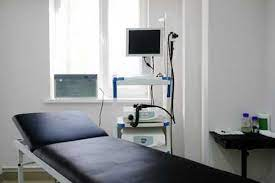


Condividi su